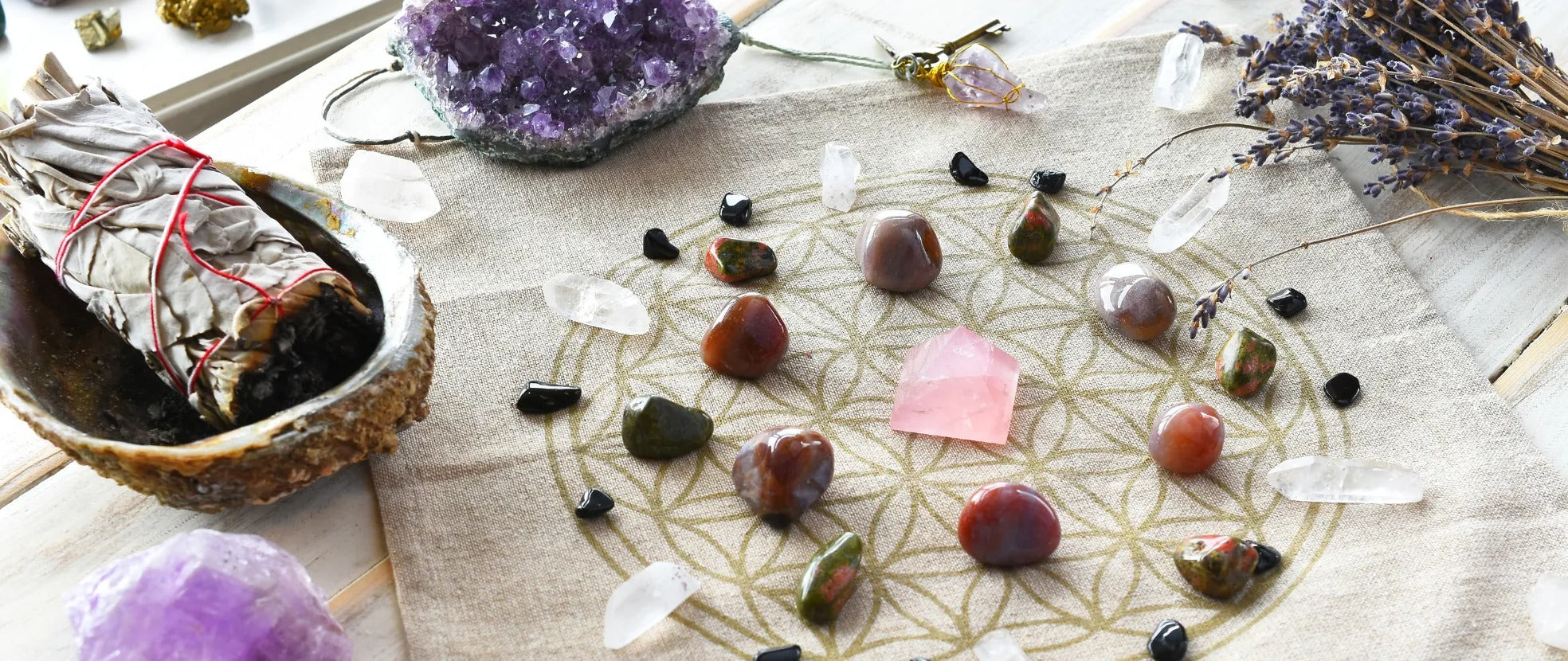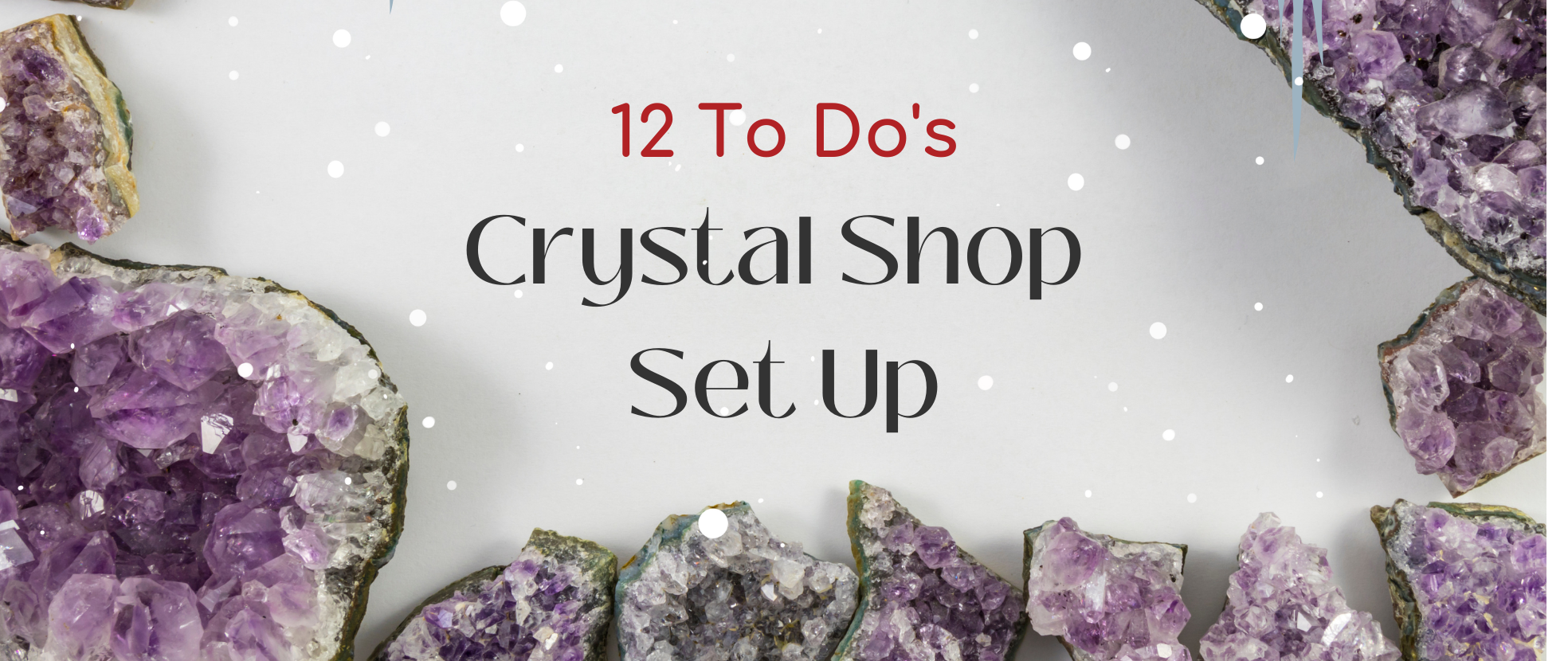In the game Minecraft, mining is an essential activity and a way to collect useful minerals. Take mining out of the game and you wouldn't be able to get the materials you need to craft. And if you can’t mine or craft, there’s nothing left in the game!
Part of mastering the art and skill of mining is knowing which minerals to look for. So to widen your knowledge, we thought of giving you a lowdown of these treasures. Including the minerals' history, properties, healing benefits, and where they are found in real life.
Dig in!

1. Gold
Gold is a valuable metal and has a long history. It has had a unique status for millennia and is one of the few metals that can be found in its native state. It comes in yellow colour, although it may be purple, ruby, or black (when finely divided). Gold has a value of 2.5-3 on the Mohs hardness scale.
In its free elemental form, gold occurs as grains or nuggets in veins, rocks, and alluvial deposits. It is often alloyed with palladium and copper and also occurs in a reliable solution with silver. In its purest form, gold is a soft, dense, slightly reddish yellow, bright, ductile, and malleable metal.
It is not affected by exposure to most reagents or air and is a good conductor of heat or electricity. The amount of gold present is expressed with the term karat. Gold can be bent, shaped, or beaten into thin sheets.
Metaphysically, gold assists with learning and lessening traumas experienced during the learning process, improving one's character. Holding it can activate and actualize the inherent potential of the Self.
Gold helps balance the energy fields, combat feelings of inferiority and depression, and calm states of anxiety and anger. It is used to balance and purify the heart, crown, and third-eye chakras.

2. Lapis Lazuli
A sought-after stone since ancient times, lapis lazuli symbolizes royalty, honor, and power. In the metaphysical world, it's considered a bringer of vision and direction to the leaders who bear it.
Lapis-Lazuli is found abundantly in Afghanistan, which is the world's top producer of this rock. Smaller quantities are in Chile, Argentina, Canada, Russia, and Pakistan. It's also found in small amounts in Arizona, California, and Colorado in the USA.
Ancient Egyptians treasured this stone for its spiritual insights. Pharaohs such as King Tut and others had their tombs heavily decorated with this stone as it was thought to bridge the gap between the living and the dead.
Egyptian artisans used this stone extensively in scarabs, pendants, and other forms of *lapis lazuli jewellery. Today, it is still used in meditation and in cleansing rituals as well as for seeking direction and guidance.
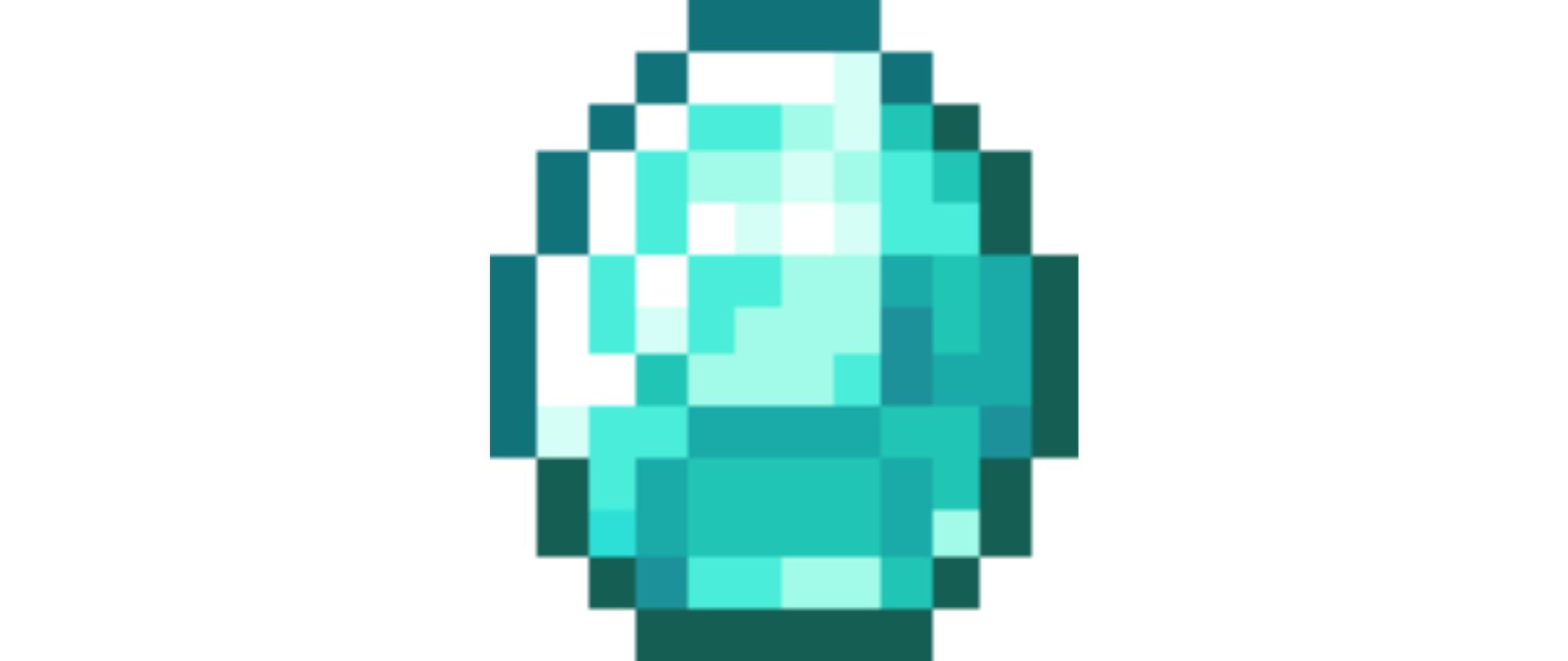
3. Diamond
Diamond is made of pure carbon and is known as the hardest natural substance on Earth. Due to its extraordinary brilliance, beauty, and hardness, diamonds are an indispensable material in the jewellery and industrial sectors.
The Earth's hardest natural mineral is extracted from three deposits: alluvial gravels, glacial tills, and kimberlite pipes. Diamonds that were formed in alluvial and glacial gravels were likely released by fluvial or glacial erosion of the kimberlite matrix.
These were then redeposited in rivers or glacial till. Diamonds in kimberlite pipes were delivered by the intrusions of magma into the Earth's surface from the mantle millions of years ago.
In terms of colour, diamonds can be colourless to black. Some rare specimens are clear or pale blue which are the most valued in the market. Diamonds may be transparent, translucent, or opaque.
Through radiation or heat treatment, the colour of diamonds can be changed to suit aesthetic preferences.
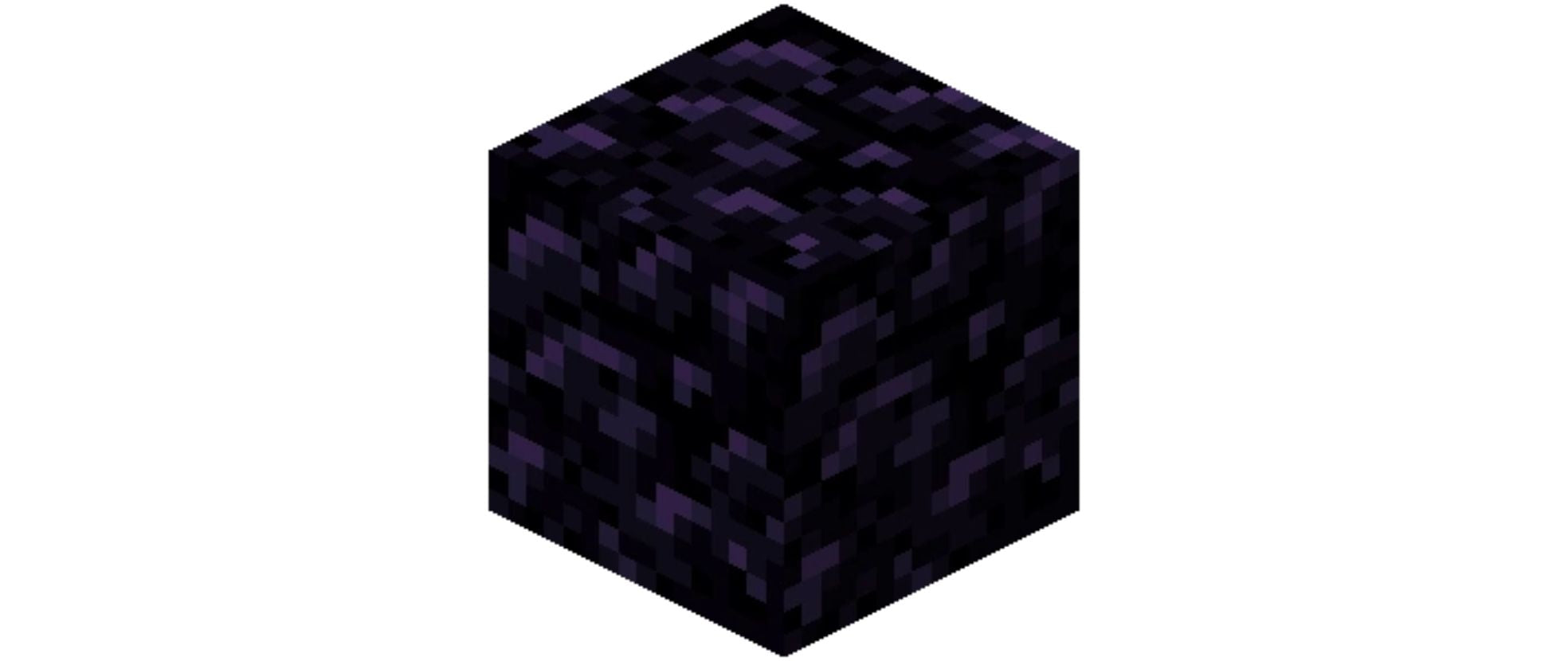
4. Obsidian
Obsidian is a mineral-like rock made from rapidly cooled lava. But it's not considered a mineral because of its glassy appearance and composition. On the Mohs scale of hardness, it ranges from 5-6.
This volcanic glass was valued in the Stone Age by cultures because, like flint, it could be broken down to produce arrowheads or sharp blades.
Like all glass, obsidian breaks with conchoidal fracture as compared to other types of naturally occurring rocks. In the past, obsidian was also refined to create mirrors. It is also used as a decorative material and as a gemstone.
Obsidian chunks can be obtained in locations which have experienced volcanic eruptions which include the North, Central and South Americas, Scotland, Europe, Africa, Iceland, New Zealand, Australia, Japan, and Papua New Guinea.
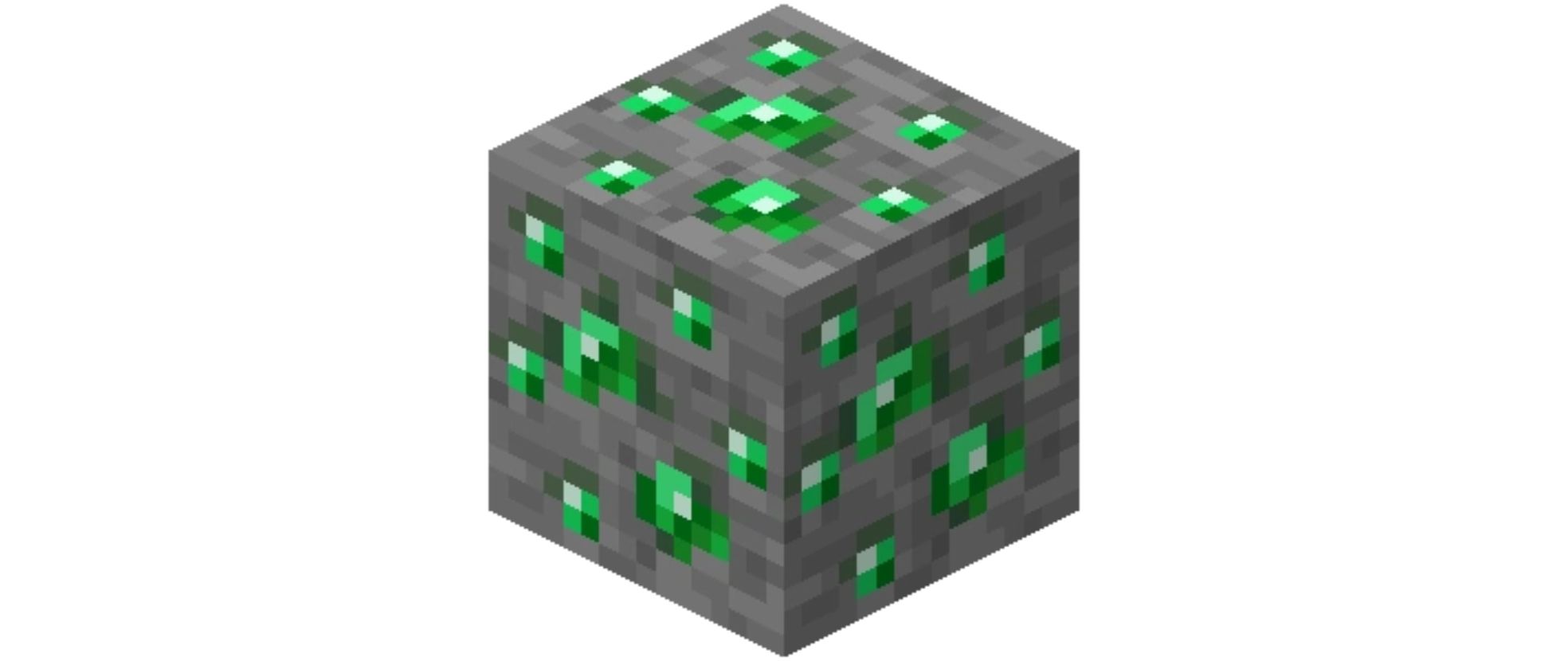
5. Emerald
Emerald is a gemstone popular for its deep, crystal clear green colour. What gives it its colour? It begins as a clear crystal, but trace amounts of chromium or vanadium taint the gemstone, producing in it a green colour.
The chemical formula for emerald is Be3Al2(SiO3)6. It's a silicate mineral, classified as a cyclosilicate because it's a variety of beryl.
The origin of emeralds can be traced back over 2,500 million years. These emeralds were found in Zimbabwe in Southern Africa. Other emeralds were found in Pakistan, dating back 9 million years. This means that emeralds are one of the oldest known gemstones.
Emerald mining dates back to 1,500 BCE in Egypt, and 1,300 CE in Austria and India. Despite its ancient roots, emerald mining now mostly takes place in Colombia.

6. Amethyst
The traditional birthstone for February, amethyst is a semiprecious stone and one of several forms of quartz. Throughout the centuries, it has been highly esteemed for its beauty and powers to soothe and stimulate one's mind and emotions. It comes in hues that range from deep purple to light pinkish violet, with red and blue as its secondary hues.
In Ancient Greece, people believed that it prevented intoxication and they carved drinking vessels from it. Its name itself comes from the Koine Greek “ amethystos, meaning not, and methysko, meaning intoxicate.
European soldiers, on the other hand, wore amulets made of amethyst as protection in battle, because they believed that it helped them remain cool-headed and to heal. Amethyst is considered sacred to the Buddha by Tibetans, who make prayer beads from it.
Amethyst helps to develop psychic abilities by increasing the activity in the right brain. It produces and strengthens inspiration, intuition, and raises thoughts to a higher spiritual level.
By wearing in on your left wrist, it will assist in enabling you to foresee and heighten your spiritual levels. Recharge your stone under the light of the moon because sunlight may fade its color.

7. Granite
Granite stands out as the most popular igneous rock. It is abundantly found at the Earth's surface.
Since it's very accessible, people use it to make a variety of objects we see around us everyday such as paving stones, floor tiles, curbing, stair treads, and monuments. You'll see this rock in many different forms if you live in a city.
What is granite made of? This light-coloured igneous rock consists of quartz and feldspar, with some trace amounts of amphiboles (a group of complex silicate minerals), mica, and some other minerals. Granite forms due to the slow crystallization process of magma beneath the Earth's surface.
There are various metaphysical and healing properties ascribed to granite. It is called a guardian stone because it offers protection to people (especially children). It also protects people with high-risk jobs (police, firefighters, and military personnel) from danger.
A granite talisman is believed to promote abundance and fruitfulness in areas like business, finances, and relationships.
In feng shui, this igneous rock is displayed in the northeast portion of the home/office to promote self-cultivation; in the southwest area to attract productive partnerships and relationships; and at the center for grounding, good health, and clearing out negative energy.
We’re coming out with educational Minecraft kits soon, so keep an eye out!
Sources:
C. (2021, July 2). How to mine efficiently in Minecraft? Sportskeeda. Retrieved May 25, 2022, from https://www.sportskeeda.com/minecraft/how-mine-efficiently-minecraft#:%7E:text=In%20Minecraft%2C%20mining%20is%20one,of%20ore%20in%20the%20game.
Christy, A. (2018, August 1). What is a gem? And why painite from Myanmar can fetch US$60,000 per carat. The Conversation. Retrieved May 24, 2022, from https://theconversation.com/what-is-a-gem-and-why-painite-from-myanmar-can-fetch-us-60-000-per-carat-97453
Cordeiro, J. (2020, December 17). Mining Efficiently in Minecraft. Dummies. Retrieved May 24, 2022, from https://www.dummies.com/article/home-auto-hobbies/games/online-games/minecraft/mining-efficiently-in-minecraft-168906/
Instructables. (n.d.). Mining Ores (and Other Materials) in Minecraft. Retrieved May 24, 2022, from https://www.instructables.com/Mining-in-Minecraft/
International Gem Society LLC. (2018, August 4). Painite Value, Price, and Jewelry Information. International Gem Society. Retrieved May 24, 2022, from https://www.gemsociety.org/article/painite-jewelry-and-gemstone-information/
Minecraft Interactive Experience. (n.d.-a). Minecraft Wiki. Retrieved May 24, 2022, from https://minecraft.fandom.com/wiki/GemMinecraft Interactive Experience. (n.d.-b). Minecraft Wiki. Retrieved May 24, 2022, from https://minecraft.fandom.com/wiki/Tutorials/Mining#Materials
Titus, C. (2017, December 6). Metaphysical Properties of Granite. Classroom.Synonym. Retrieved May 24, 2022, from https://classroom.synonym.com/metaphysical-properties-of-granite-12084146.html



